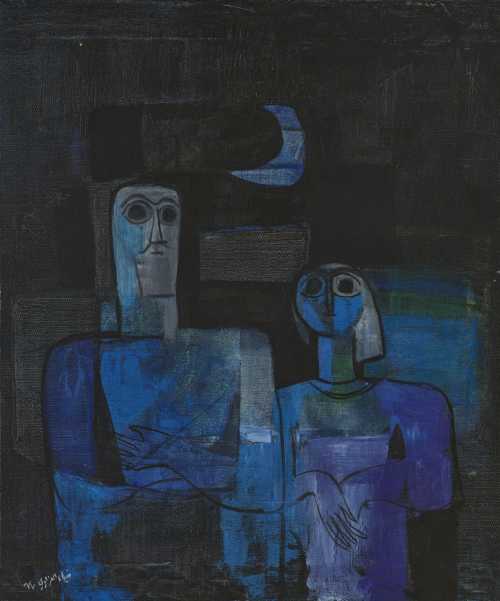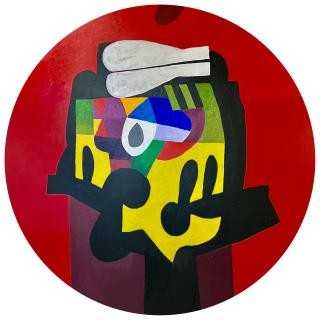- Man and Woman 1964
- Oil on canvas
- Painting
- 54.6 * 66 cm
- signed and dated in Arabic (lower left); signed, titled, inscribed and dated (on an Al-Wasiti Gallery label affixed to the reverse)
20 October 2021
Estimation
£40,000
55,264 USD
-
£60,000
82,896 USD
Realized Price
£150,000
207,240 USD
200%
Artwork Description
A pillar of Arab Modern art and in his ongoing, leading influence in the development of art in the Arab world, Dia Al-Azzawi weaves Iraqi folklore and ancient traditions into his works that express a reality of his national tradition and identity, not only as an Iraqi and an Arab, but also as a universal human being. The present work was painted in 1964, following the completion of his education in both Archaeology and Fine Arts in Baghdad, and represents an example of his earliest work exploring folkloric elements within modern painting. From his studies and worldview, Al-Azzawi developed his interests for Iraqi symbols of folkloric, popular religious and cultural iconography and sought to understand and explain their interpretations through his compositions. Coming from Al-Wasiti Gallery in Baghdad, this artwork was painted just one year prior to his solo exhibition at Al-Wasiti, where it was exhibited. It was there Al-Azzawi would meet other practising artists like Kadhim Haider, among others, as he intermixed with the Baghdad Group for Modern Art which actively sought to meet traditional Iraqi heritage within modern painting schools.
Al-Azzawi's strong knowledge of history and archaeology coupled with his pronounced artistic sensitivity were key in his early works, for painting his surroundings and the elements that characterised his background. The artist's academic interest in archaeology led to the incorporation of Mesopotamian and ancient subject matter in his paintings where he skillfully renders the interplay and forms of the letters and symbols of his culture and their mysteries referencing the Sumerian cities that populated Southern Mesopotamia. He thus merges the past with the present to subtly expose existential questions using the universal language of symbols.
In Man and Woman, the dark colour palette of blues, blacks and purples, showcases Al-Azzawi’s inclinations early in his career to signify a connection with Iraqi history and roots. It was only later in his oeuvre that the artist began using vibrant colours and jagged planes. The totemic figures recall Sumerian iconography, with their tubular bodies and wide, hollow eyes that became a model for the human form across history and throughout the artist's oeuvre. The figures appear underneath a crescent shaped moon, representing a key symbol within Sumerian inconography, as the moon god Sin (Nanna) and the star with Ishtar (Inanna) usually complemented with the sun disk of Shamash. The crescent motif is also associated with the Fertile Crescent of the Middle-Eastern region, which is historically considered the cradle of civilisation and where the first agricultural societies developed. Heavy with symbolism in its figurative forms, dark colours that are met with delicate lines for their face and hands, Man and Woman points to the artist's early investigation of folkloric, mythological and historical aspects to his work. Azzawi's dexterity of experimenting with dark colours and varying textures demonstrates his ability to build an emotionally powerful work with line and extensive shades within a similar colour spectrum.
In the coming years the artist would go on to start the New Vision school in 1969, developed out of a need to articulate the effects of the tumultuous Arab world following the Six-Day War in 1967 and the Ba’athist take-over of Iraq. Al-Azzawi also played a foundational role in the One Dimension Group, spearheaded by Shaker Hassan Al Said, from 1971 debating themes around identity and modernity that has since served as the backbone to his work today.
In 1976, Al-Azzawi left Iraq for London, where he currently resides. The artist's works are held in prestigious private and public collections around the world, including the Museum of Modern Art in Baghdad; MATHAF: Arab Museum of Modern Art, Doha; Barjeel Art Foundation, Sharjah; Arab Monetary Fund, Abu Dhabi; Development Fund, Kuwait; L'Institut du Monde Arabe, Paris; Bibliothèque Nationale de France; Library of Congress and the World Bank, Washington, DC; the British Museum, London; the Victoria & Albert Museum, London; and Tate Modern, London.
Al-Azzawi's strong knowledge of history and archaeology coupled with his pronounced artistic sensitivity were key in his early works, for painting his surroundings and the elements that characterised his background. The artist's academic interest in archaeology led to the incorporation of Mesopotamian and ancient subject matter in his paintings where he skillfully renders the interplay and forms of the letters and symbols of his culture and their mysteries referencing the Sumerian cities that populated Southern Mesopotamia. He thus merges the past with the present to subtly expose existential questions using the universal language of symbols.
In Man and Woman, the dark colour palette of blues, blacks and purples, showcases Al-Azzawi’s inclinations early in his career to signify a connection with Iraqi history and roots. It was only later in his oeuvre that the artist began using vibrant colours and jagged planes. The totemic figures recall Sumerian iconography, with their tubular bodies and wide, hollow eyes that became a model for the human form across history and throughout the artist's oeuvre. The figures appear underneath a crescent shaped moon, representing a key symbol within Sumerian inconography, as the moon god Sin (Nanna) and the star with Ishtar (Inanna) usually complemented with the sun disk of Shamash. The crescent motif is also associated with the Fertile Crescent of the Middle-Eastern region, which is historically considered the cradle of civilisation and where the first agricultural societies developed. Heavy with symbolism in its figurative forms, dark colours that are met with delicate lines for their face and hands, Man and Woman points to the artist's early investigation of folkloric, mythological and historical aspects to his work. Azzawi's dexterity of experimenting with dark colours and varying textures demonstrates his ability to build an emotionally powerful work with line and extensive shades within a similar colour spectrum.
In the coming years the artist would go on to start the New Vision school in 1969, developed out of a need to articulate the effects of the tumultuous Arab world following the Six-Day War in 1967 and the Ba’athist take-over of Iraq. Al-Azzawi also played a foundational role in the One Dimension Group, spearheaded by Shaker Hassan Al Said, from 1971 debating themes around identity and modernity that has since served as the backbone to his work today.
In 1976, Al-Azzawi left Iraq for London, where he currently resides. The artist's works are held in prestigious private and public collections around the world, including the Museum of Modern Art in Baghdad; MATHAF: Arab Museum of Modern Art, Doha; Barjeel Art Foundation, Sharjah; Arab Monetary Fund, Abu Dhabi; Development Fund, Kuwait; L'Institut du Monde Arabe, Paris; Bibliothèque Nationale de France; Library of Congress and the World Bank, Washington, DC; the British Museum, London; the Victoria & Albert Museum, London; and Tate Modern, London.
More lots by Dia Azzawi
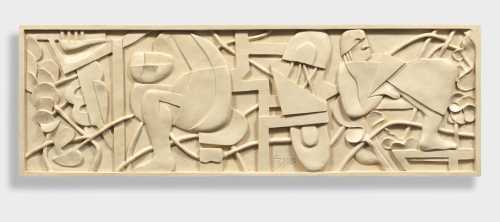
Relaxing in his Garden
Estimation
£50,000
66,667 USD
-
£80,000
106,667 USD
Sale Date
Bonhams
-
25 November 2025
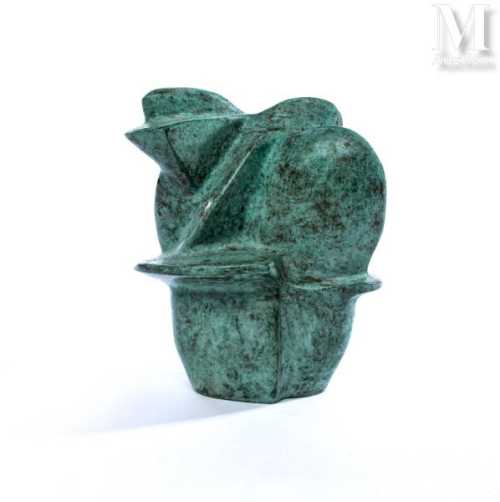
Desert Rose 4
Estimation
€1,100
1,155 USD
-
€1,300
1,365 USD
Realized Price
€3,800
3,989 USD
216.667%
Sale Date
Millon & Associés
-
5 July 2022
Realized Price
48,975 USD
Min Estimate
22,928 USD
Max Estimate
34,390 USD
Average Artwork Worth
+84.158%
Average Growth of Artwork Worth
Sales Performance Against Estimates
Average & Median Sold Lot Value
2021 - 2025
Performance vs. Estimate
2021 - 2025
Sell-through Rate
2021 - 2025
Similar Artworks
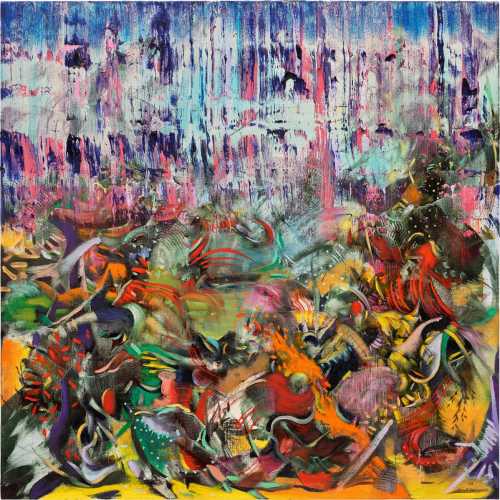
Say My Name
Estimation
$70,000
-
$100,000
Realized Price
$171,450
101.706%
Sell at
Sale Date
Phillips Auction
-
14 May 2025
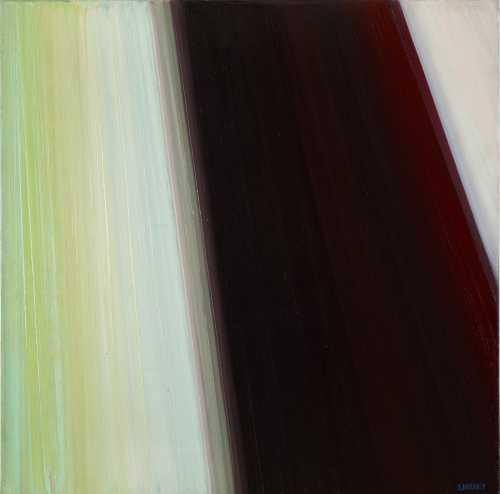
Gardenia
Estimation
£50,000
65,789 USD
-
£70,000
92,105 USD
Realized Price
£152,400
200,526 USD
154%
Sale Date
Christie's
-
6 November 2025
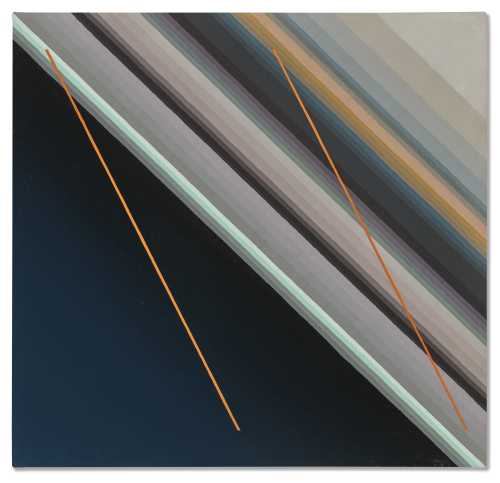
Half Night
Estimation
£40,000
51,600 USD
-
£60,000
77,399 USD
Realized Price
£138,600
178,793 USD
177.2%
Sale Date
Christie's
-
31 October 2024
